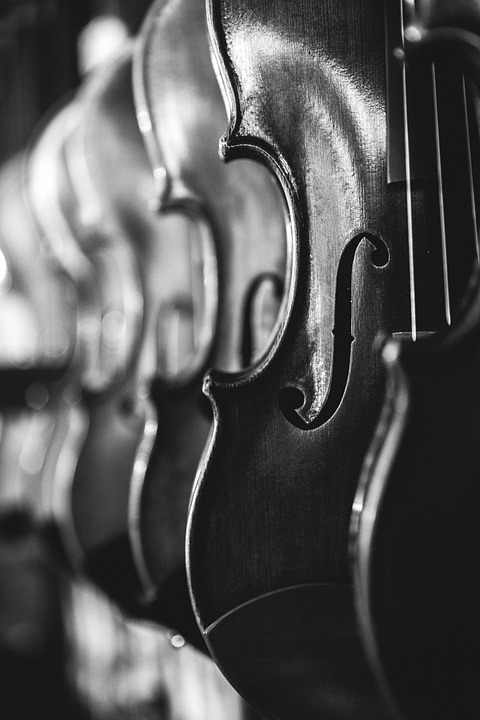Breaking Down the Sections of a Classical Music Ensemble
When you attend a classical music concert, you might notice that the performers are divided into different sections or groups. These sections are essential to creating a cohesive and harmonious sound that is characteristic of classical music. Let’s take a closer look at the different sections of a classical music ensemble and the roles they play in creating beautiful music.
1. String Section
The string section forms the backbone of a classical music ensemble. It is typically made up of violins, violas, cellos, and double basses. Each of these instruments has its unique sound and range, which adds depth and richness to the overall sound of the ensemble.
Violins are considered the lead instruments in the string section and are usually divided into two groups: first violins and second violins. The first violins typically play the melody or the main theme of the music, while the second violins provide harmony and support.
Violas and cellos are essential for filling out the middle range of the ensemble’s sound. Cellos often play an important role in providing a rich and warm tone to the music, while violas add depth and texture to the sound.
Lastly, the double basses provide a strong and resonant foundation for the entire ensemble. They often play the lowest notes in the music, giving the ensemble a solid and powerful sound.
2. Woodwind Section
The woodwind section typically consists of flutes, oboes, clarinets, and bassoons. These instruments are known for their versatility and ability to create a wide range of tones and colors in the music.
Flutes are often used to play light and airy melodies, while oboes and clarinets provide a warm and expressive sound. Bassoons, on the other hand, add depth and richness to the ensemble’s sound with their low and resonant tones.
Each instrument in the woodwind section has its unique qualities and playing techniques, which add diversity and richness to the overall sound of the ensemble.
3. Brass Section
The brass section is made up of instruments such as trumpets, French horns, trombones, and tubas. These instruments are known for their powerful and majestic sound, which adds excitement and drama to the music.
Trumpets are often used to play fanfare-like melodies, while French horns provide a warm and rich tone to the ensemble’s sound. Trombones add depth and power to the music with their low and majestic tones, while tubas provide a solid and strong foundation to the ensemble’s sound.
Together, the brass instruments create a bold and vibrant sound that is essential for creating the climactic moments in classical music pieces.
4. Percussion Section
The percussion section is responsible for adding rhythm and texture to the music. It typically includes instruments such as timpani, snare drums, cymbals, and xylophones.
Timpani, also known as kettle drums, are essential for providing a strong and steady beat to the music. Snare drums and cymbals add excitement and drama to the ensemble’s sound, while xylophones and other melodic percussion instruments provide color and texture to the music.
The percussion section often plays a supporting role in classical music pieces, but it can also take center stage during certain moments to add excitement and energy to the performance.
In conclusion, each section of a classical music ensemble plays a crucial role in creating a cohesive and harmonious sound. From the strings and woodwinds to the brass and percussion, each group of instruments brings its unique qualities and colors to the music. The next time you attend a classical music concert, pay close attention to how these sections work together to create a beautiful and memorable performance.


